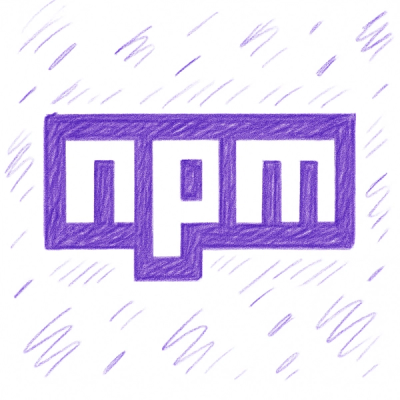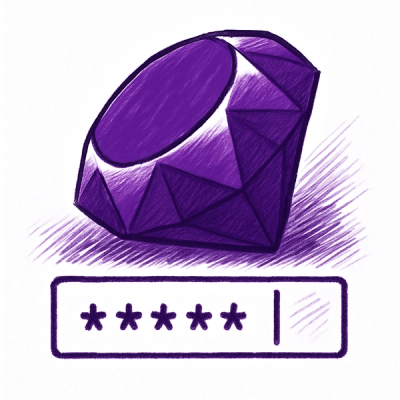
Security News
npm Adopts OIDC for Trusted Publishing in CI/CD Workflows
npm now supports Trusted Publishing with OIDC, enabling secure package publishing directly from CI/CD workflows without relying on long-lived tokens.
hapi-epoxy is a module designed to extend off of two things that are limited by the current Glue manifest:
It is designed to work alongside Glue, generating the object / JSON that Glue normally consumes from a given YAML as follows:
Glue.compose(Epoxy.bond(...), glueOptions, function (err, server) { ...});
Examples of sample formats can be found in the ./test/fixtures/ directory. In particular, the
sample-application.yaml file has a decent example of the various forms of plugin configuration
and general server setup, with a few examples of Epoxy being used to override values with the local
system as desired.
In contrast, sample-application.json is an example Glue manifest for the equivalently-named YAML
file, using the default values where the Epoxy tags are used in the YAML.
FAQs
Flexible YAML configuration for Hapi
The npm package hapi-epoxy receives a total of 0 weekly downloads. As such, hapi-epoxy popularity was classified as not popular.
We found that hapi-epoxy demonstrated a not healthy version release cadence and project activity because the last version was released a year ago. It has 2 open source maintainers collaborating on the project.
Did you know?

Socket for GitHub automatically highlights issues in each pull request and monitors the health of all your open source dependencies. Discover the contents of your packages and block harmful activity before you install or update your dependencies.

Security News
npm now supports Trusted Publishing with OIDC, enabling secure package publishing directly from CI/CD workflows without relying on long-lived tokens.

Research
/Security News
A RubyGems malware campaign used 60 malicious packages posing as automation tools to steal credentials from social media and marketing tool users.

Security News
The CNA Scorecard ranks CVE issuers by data completeness, revealing major gaps in patch info and software identifiers across thousands of vulnerabilities.